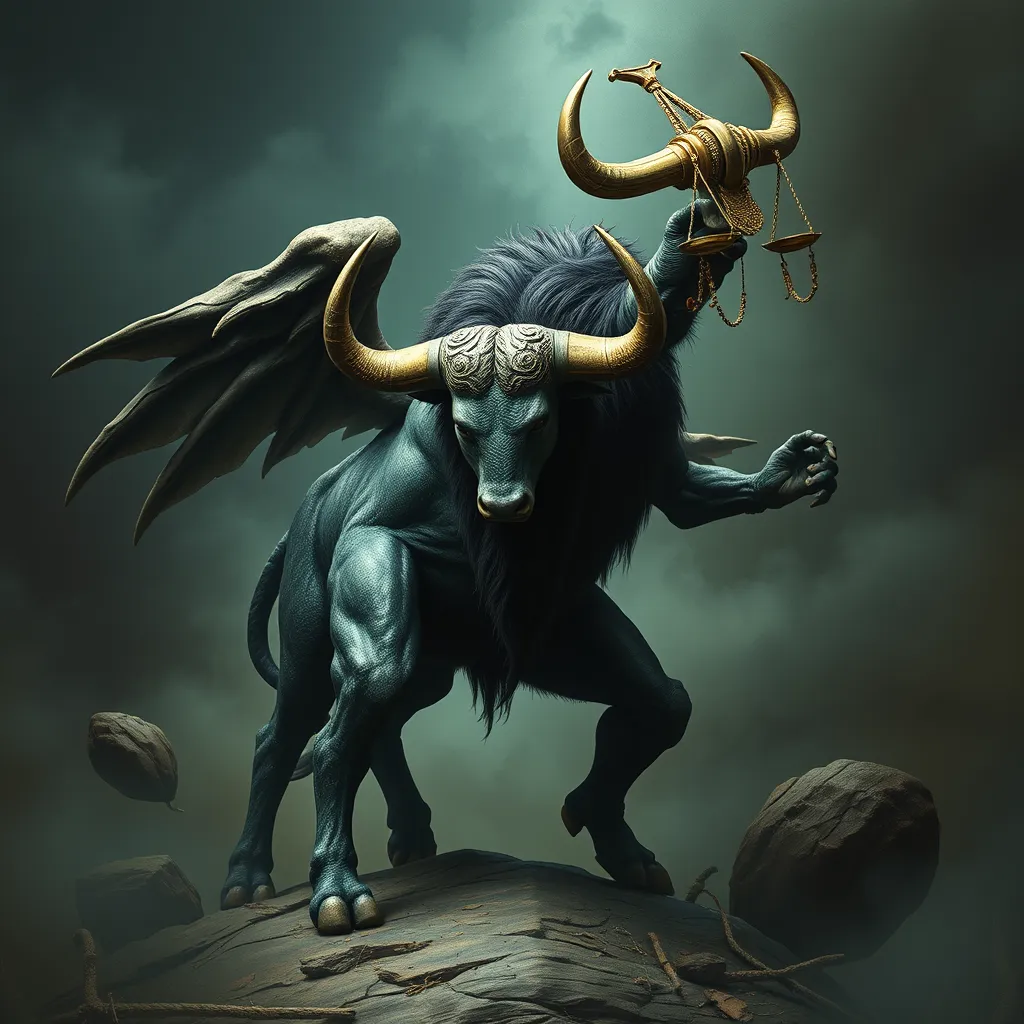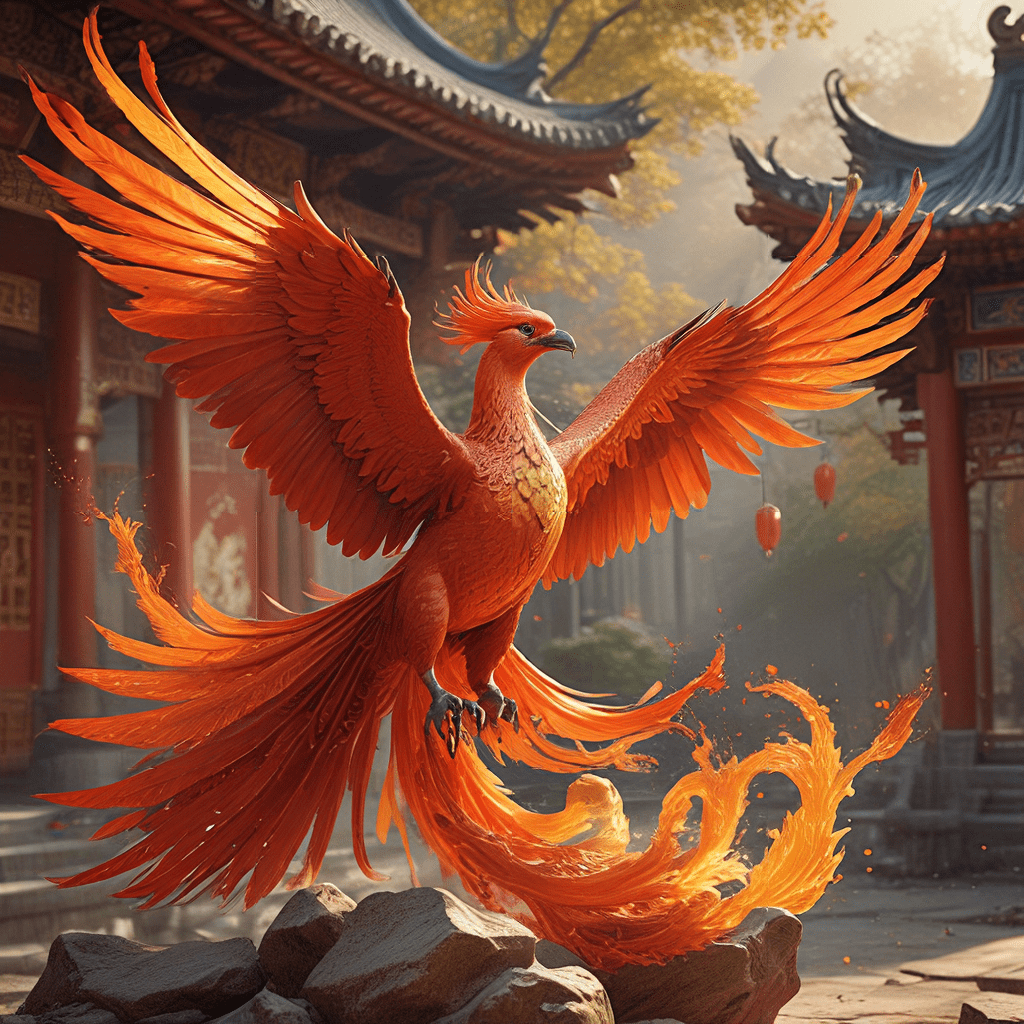The Dragon’s Grip on the Human Imagination: A Historical Context
Dragons, with their serpentine bodies, fiery breath, and imposing presence, have captivated humanity for millennia. From ancient cave paintings to modern fantasy literature, these mythical creatures have left an indelible mark on human culture, symbolizing power, mystery, and the primal forces of nature.
The earliest known depictions of dragon-like creatures can be traced back to ancient Mesopotamia, dating as far back as 3000 BCE. In Babylonian mythology, the fierce dragon Tiamat, representing chaos and the primordial sea, was slain by the god Marduk, symbolizing the triumph of order over chaos. Similarly, in ancient Egyptian mythology, the serpent god Apep, known as the “Devourer of Souls,” was a formidable enemy of the sun god Ra, representing the struggle between light and darkness.
As civilizations developed and trade routes expanded, stories of dragons spread across continents, adapting to local cultures and beliefs. In ancient Greece, the dragon Ladon guarded the golden apples of the Hesperides, while in Norse mythology, the fearsome dragon Fafnir, cursed by greed, hoarded a vast treasure of gold.
The dragon’s presence in mythology extended beyond its physical power. It often served as a symbol of both fear and awe, reflecting humanity’s understanding of the natural world. Dragons were seen as guardians of sacred sites, protectors of hidden knowledge, and even embodiments of divine power.
Breath of Fire and Fury: Analyzing the Power of Dragon’s Breath
Perhaps the most iconic attribute of the dragon is its fiery breath. This ability, often described as a searing inferno, has fueled countless stories of destruction and devastation.
The power of dragon’s breath is rooted in the ancient fear of fire. In pre-industrial societies, fire was both a source of wonder and a devastating force. It could provide warmth, light, and protection, but it could also consume entire villages, leaving nothing but ashes in its wake.
In mythology, the dragon’s breath embodies this duality. It represents the untamed power of nature, the destructive potential of the unknown. By attributing this ability to dragons, ancient cultures acknowledged the fearsome power of fire and the need for respect.
However, the dragon’s breath also carries symbolic meaning beyond its physical power. It can be interpreted as a manifestation of divine wrath, representing the punishment for transgressions or the fiery judgment of the gods.
Furthermore, the act of breathing fire can be seen as a metaphorical representation of the dragon’s ability to control and manipulate elements, reflecting the ancient belief in the interconnectedness of the natural world.
The Weight of Scales and Might: The Physical Power of Dragons
Beyond their fiery breath, dragons are often depicted as incredibly powerful and formidable creatures with immense physical strength. Their massive size, sharp claws, and thick scales make them formidable opponents, capable of crushing foes and tearing through the toughest armor.
The dragon’s physical strength is a reflection of the primal power of nature. Ancient cultures, often at the mercy of powerful natural forces, saw dragons as embodiments of this untamed strength. Their presence evoked a sense of awe and fear, acknowledging the might of the natural world.
The dragon’s scales, often described as being impenetrable, symbolize both protection and strength. They are seen as a barrier against harm, representing the dragon’s ability to withstand the harshest conditions. This ability resonates with the human desire for safety and security.
The dragon’s claws, sharp and deadly, symbolize its predatory nature and its ability to inflict pain. They represent the raw power that lies beneath the dragon’s imposing exterior.
Wings of Shadow and Storm: Dragon Flight and Aerial Prowess
The ability to fly, a defining characteristic of many dragon species, elevates their stature from powerful terrestrial creatures to majestic beings that command the skies.
The dragon’s flight symbolizes freedom and power. It represents the ability to transcend earthly limitations and soar above the world. This ability resonates with the human desire for freedom and exploration, the yearning to break free from the boundaries of the mundane.
Dragons, with their majestic wings and powerful flight, are often depicted as guardians of the skies, protectors of the heavens. This association further solidifies their symbolic role as powerful and awe-inspiring beings.
The dragon’s flight also embodies the unpredictable nature of the elements. It evokes a sense of awe and fear of the wind and storms, reflecting the ancient belief that the skies were a realm of divine intervention.
The Serpent’s Wisdom: Exploring the Intelligence and Magical Abilities of Dragons
In many cultures, dragons are not just powerful creatures but also cunning and wise. Their serpentine nature, often associated with knowledge and wisdom, lends them an air of mystery and intrigue.
The dragon’s intelligence is often reflected in its ability to manipulate its surroundings, control elements, and even communicate with humans. Some myths portray dragons as possessing magical abilities, including the power to transform shape, heal wounds, and even grant wishes. These abilities enhance their mystique and allure, elevating them to a level of superhuman wisdom.
The dragon’s serpentine nature, with its association with ancient wisdom and the cyclical nature of life, adds to its mystique. Dragons are frequently depicted as guardians of knowledge, keepers of ancient secrets, and even oracles who can foretell the future.
The association of dragons with both wisdom and power underscores their symbolic role as guardians of ancient knowledge and keepers of the sacred. This aspect of their mythology reflects the human fascination with the unknown and the desire for understanding the mysteries of the universe.

Guardians of Treasure and Time: The Symbolic Role of Dragons in Mythology
Dragons often serve as guardians of precious treasures, symbolizing the inherent value and difficulty in obtaining knowledge and wisdom. In countless myths, dragons are depicted guarding hoards of gold, gems, or magical artifacts, representing the power and allure of wealth and the dangers of greed. They are often seen as the ultimate protectors of hidden secrets and ancient knowledge, making them powerful forces in shaping human understanding of the world and the desire for knowledge.
The dragon’s role as a guardian can also be seen as a reflection of the natural world’s protective instincts. Just as animals guard their young and territory, the dragon stands as a formidable protector of a valuable resource. This instinct reflects human understanding of the natural world and the need to protect what is precious.
As guardians of time, dragons also symbolize the cyclical nature of life and the power of ancient wisdom. They are often associated with historical events, playing a role in the creation of the world or the foundation of kingdoms. Their longevity further emphasizes their knowledge of the past and their connection to the ancient forces that created the world.
From East to West: Examining Cultural Variations in Dragon Mythology
The dragon’s image and symbolism vary widely across cultures, reflecting the diverse beliefs and traditions of different societies.
In Western mythology, dragons are often depicted as fearsome, fire-breathing creatures, associated with chaos and destruction. They are frequently portrayed as antagonists, battling heroes or representing the forces of evil. Examples include the dragon Smaug from J.R.R. Tolkien’s “The Hobbit” and the dragon Fafnir in Norse mythology.
Eastern dragons, however, often hold a more benevolent and symbolic role. In Chinese mythology, dragons represent power, good fortune, and wisdom, often associated with the emperor and the divine. They are seen as protectors of the land and the people, bringing rain and fertility. Similarly, in Japanese mythology, dragons are associated with water and the sea, representing strength and resilience.
These cultural variations reflect the adaptability of the dragon myth and its capacity to integrate into different belief systems, signifying the enduring power of this mythical creature.
The Dragon’s Transformation: Exploring the Theories Behind the Dragon’s Creation
The origin of the dragon myth, like many other mythical creatures, remains a mystery. Several theories attempt to explain their existence, ranging from the interpretation of ancient fossils to the embodiment of natural phenomena.
One theory suggests that the dragon myth may have originated from the discovery of dinosaur fossils. Ancient civilizations, lacking scientific understanding of these remains, may have interpreted them as the skeletons of powerful, serpentine creatures, giving rise to the image of the dragon.
Another theory proposes that the dragon myth is a representation of natural forces, such as volcanoes, storms, or floods. The dragon’s fiery breath, powerful wings, and ability to control elements could be seen as symbolic representations of these forces, reflecting the awe and fear associated with them.
Ultimately, the creation of the dragon myth likely stems from a combination of factors, including the interpretation of the natural world, the desire to explain the unexplainable, and the power of storytelling to shape beliefs and traditions.
The Dragon’s End: Analyzing the Dragon’s Fate in Myth and Legend
The dragon’s fate in mythology is often tied to its role in the story and the values of the culture that created it.
In many Western myths, dragons are slain by heroes, representing the triumph of good over evil and the human ability to overcome fearsome challenges. This ending reflects the societal need for order and the desire to control the forces of nature.
In Eastern mythology, however, dragons often survive their encounters with humans, signifying their enduring power and connection to the natural world. In these stories, the dragon may be defeated, but it is not destroyed, representing the cyclical nature of life and the resilience of the natural world.
The dragon’s fate often serves as a reflection of the values of the culture it represents. It highlights the power of storytelling to explore themes of good vs. evil, human resilience, and the ongoing relationship between humanity and the natural world.
The Dragon’s Legacy: The Enduring Influence of Dragons in Modern Culture
The dragon’s enduring presence in modern culture is a testament to its timeless appeal and its ability to resonate with audiences across generations.
Dragons continue to appear in literature, film, and video games, often serving as powerful symbols of strength, mystery, and the unknown. They are frequently featured in fantasy stories, representing the creatures of magic and adventure.
In modern society, the dragon often serves as a powerful metaphor, representing everything from the power of the individual to the dangers of greed and corruption. They have become iconic figures in popular culture, signifying the enduring power of mythology and the human fascination with the extraordinary.
FAQ
**Where did the dragon myth originate?**
The exact origin of the dragon myth is unknown, but it likely emerged independently in different cultures around the world, influenced by factors such as the discovery of dinosaur fossils, the observation of powerful natural forces, and the human desire to explain the unknown.
**What are the different types of dragons?**
Dragons are depicted in various forms across cultures, but some common types include:
* **Western dragons:** Typically depicted as fire-breathing, winged serpents with sharp claws and scales.
* **Eastern dragons:** Often portrayed as serpentine creatures with four legs, whiskers, and the ability to fly, representing good fortune and wisdom.
* **Wyverns:** Two-legged dragons with wings and a venomous tail.
* **Drake:** A smaller, less powerful dragon, often with no wings.
**What is the symbolism of dragons in different cultures?**
The symbolism of dragons varies across cultures, but they often represent:
* **Power and strength:** Their immense size and abilities make them symbols of might and dominance.
* **Wisdom and knowledge:** Dragons are frequently associated with ancient knowledge and the secrets of the universe.
* **Chaos and destruction:** Their fiery breath and destructive nature can symbolize the unpredictable forces of nature.
* **Good fortune and prosperity:** In Eastern cultures, dragons are often seen as bringers of good luck and prosperity.
**Why are dragons so popular in modern culture?**
The enduring popularity of dragons in modern culture stems from their powerful imagery, their ability to embody a wide range of symbolic meanings, and their role in fantasy stories and adventures. They continue to capture the imagination and inspire awe and wonder in audiences today.



